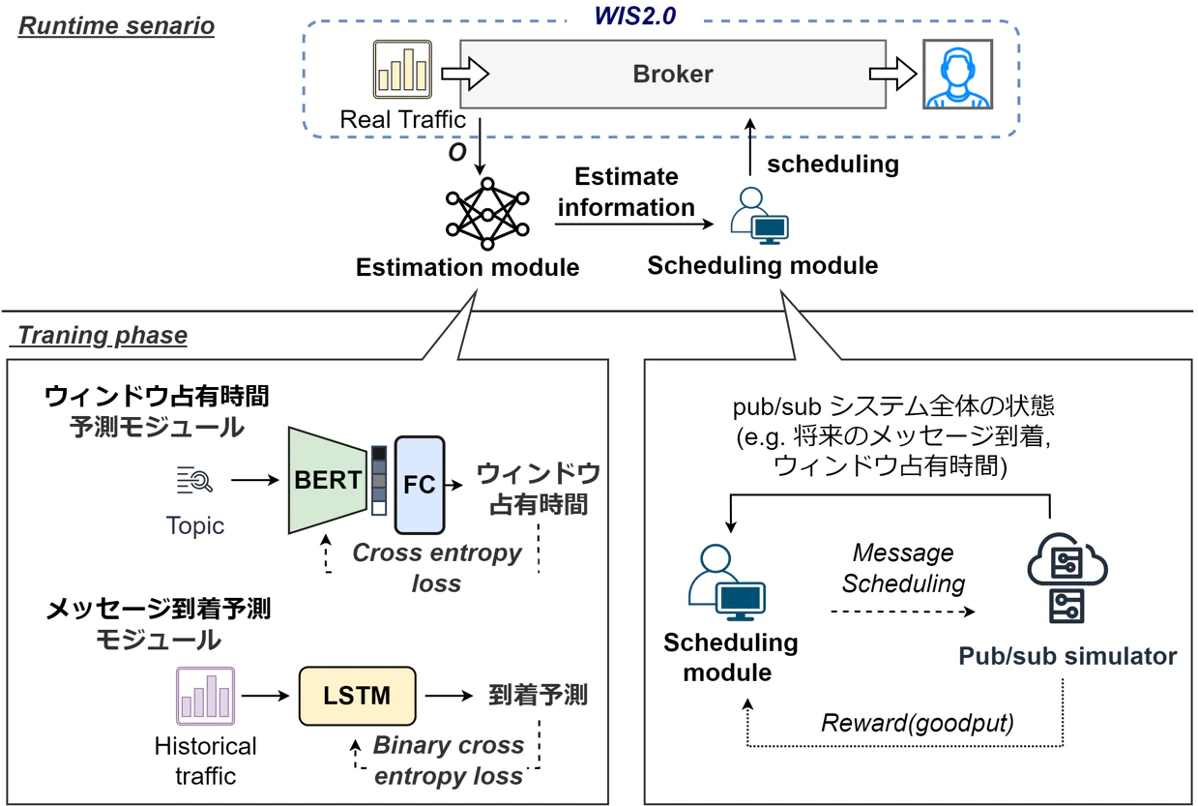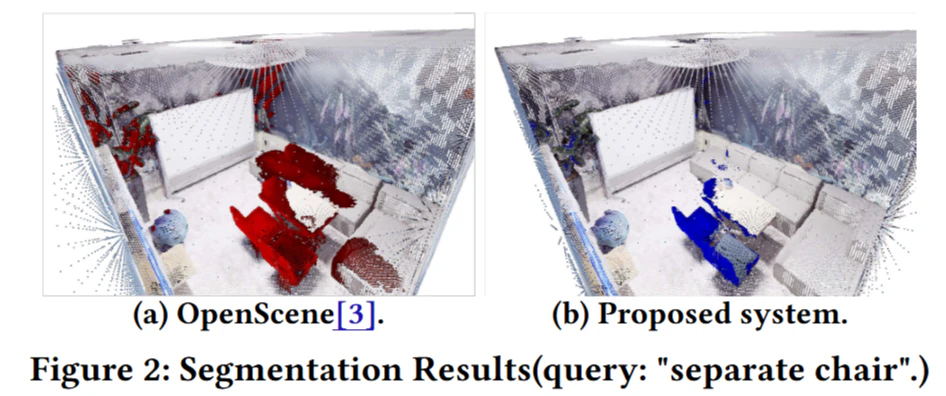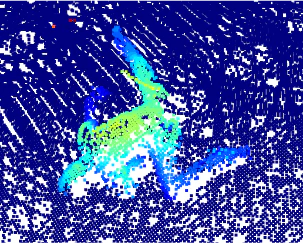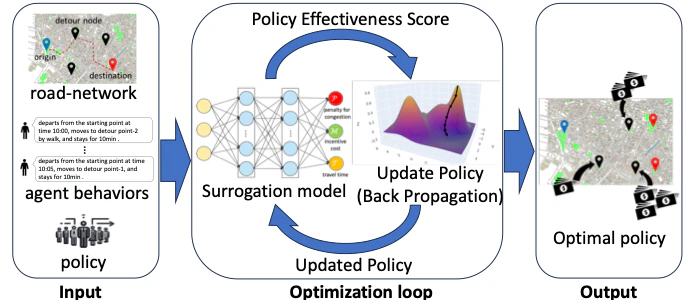There are various methods for recognizing human activities and the status of objects, including camera-based approaches and wearable devices. However, these methods face challenges such as privacy concerns and the need for charging or battery replacement.
To address these issues, we are developing tags that utilize a technology called Backscatter. Backscatter is an ultra-low-power communication technology that switches between states that affect surrounding radio waves and states that do not, similar to how a mirror reflects light.
For sensing using these tags, it is essential to accurately recognize when a tag is reflecting surrounding radio waves. This study aims to detect reflected waves from the tags and identify which tag is performing the reflection.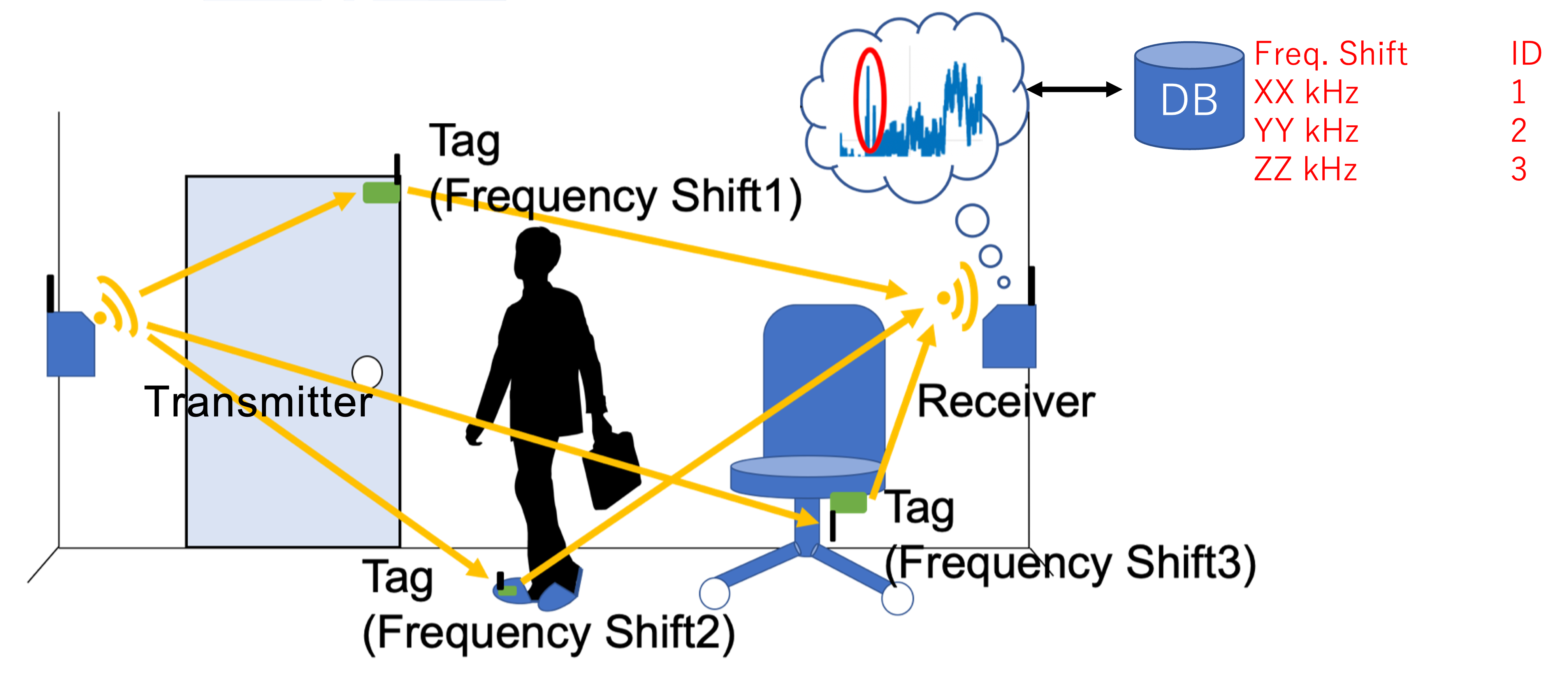
Multiple tags are used, and each tag is assigned a unique frequency, shifting the reflected signal by that amount. By analyzing how much the received signal has deviated from the original signal in terms of frequency, it is possible to determine which tag has reflected the signal.
Since general Wi-Fi packets have a broad frequency bandwidth, distinguishing signals by frequency shift is difficult. To overcome this, we use sinusoidal wave frames that contain only a single-frequency signal.
As the distance increases, the strength of the reflected waves from the tags decreases. Therefore, to separate the reflected signals from noise, we accumulate the reflected sinusoidal wave signals over a certain period.
Published Papers
- 宮尾和樹, 内山彰, 猿渡俊介, & 東野輝夫. (2022). Wi-Fi センシングのための正弦波フレームを用いた Backscatter タグ検出法の検討. マルチメディア, 分散, 協調とモバイルシンポジウム 2022 論文集, 2022, 1092-1100.
